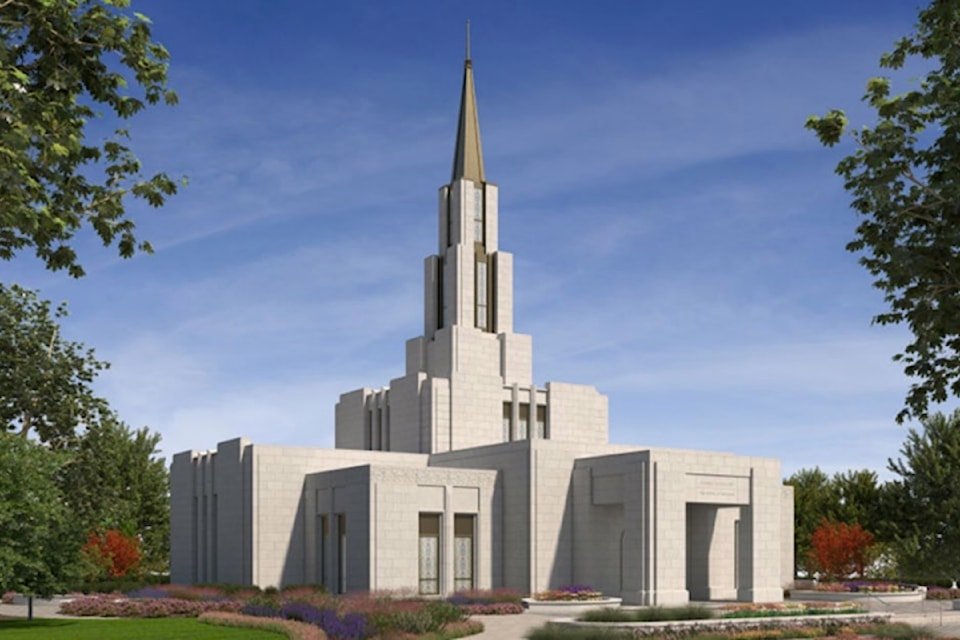Langford has been selected as the future home of a new temple for the Church of Jesus Christ of Latter-day Saints. This will be the second temple in British Columbia and the 11th in Canada, reflecting the growing presence of the faith in the region. The proposed site is a 4.6-acre parcel of land on Leigh Road, making it a central and accessible location for members living across Greater Victoria.
The decision was shared during a meeting of the city’s Sustainable Development Advisory Committee, where church representative Aaron Blake outlined the reasons behind the choice. He explained that Langford’s central position, as well as its strong connections to communities beyond Greater Victoria, made it an ideal setting for the temple. The facility is expected to serve as a place of worship and reflection for local members while also welcoming visitors from across the province.
The land is owned by development firm Beedie, which has submitted an application to adjust the zoning rules. The plot currently falls under a mixed-use employment designation, and the request seeks to allow a place of worship to be built. Committee members discussed the proposal in detail, considering both the community and environmental impacts of the project.
Environmental concerns were raised about the site, which has already been cleared of many trees and exposed to blasting. In response, Blake assured members that the project will exceed the city’s requirements for green space and restored habitat. The development will dedicate more than 15 percent of the property to green areas, ensuring that the grounds serve as a natural sanctuary. He emphasized that the sense of peace should begin at the property lines, not only inside the temple walls.
Plans also include careful consideration of parking and traffic. The building will have a capacity for about 250 people, and Blake noted that the design incorporates only the parking spaces needed for that number. This approach is intended to balance accessibility while limiting the environmental footprint of the project. He added that the design process will take over a year, with a focus on shaping the development to fit with the surrounding area and meet local expectations.
Committee members responded positively to the proposal. Coun. Mary Wagner expressed that adding a facility of this nature enriches the community by reflecting its diversity and welcoming new cultural contributions. Coun. Lillian Szpak agreed, describing the project as an opportunity to improve the site and create a space that promotes healing and beauty for residents.
Before the project can move forward, several conditions must be met. The committee recommended that Beedie provide a detailed landscape plan signed by a registered biologist to ensure proper restoration. This plan must be approved by the city’s director of development services. With this requirement and others satisfied, the zoning amendment could move to council for consideration.
The proposal is scheduled to be reviewed at the city council meeting on August 18. If approved, the temple would mark a major milestone for the local congregation and the broader church community in British Columbia.
The announcement of a temple for the Greater Victoria area was first made in April 2024 by church president Russell Nelson at the church’s annual general conference in Utah. At that time, the exact location had not been revealed, sparking interest among members across the region.
The new temple will join the existing one in Langley, which was dedicated in 2010. Other temples are located in major Canadian cities including Calgary, Edmonton, Regina, Winnipeg, Montreal, Toronto, and Halifax. Together, they serve as important centers for members of the faith, who use the temples for sacred ceremonies distinct from regular worship services.
For the Langford community, the project is not only about building a religious site but also about restoring a piece of land, creating a green sanctuary, and enhancing cultural diversity. With strong support from local leaders and a commitment to environmental care, the temple is set to play a lasting role in shaping the city’s spiritual and social landscape.

